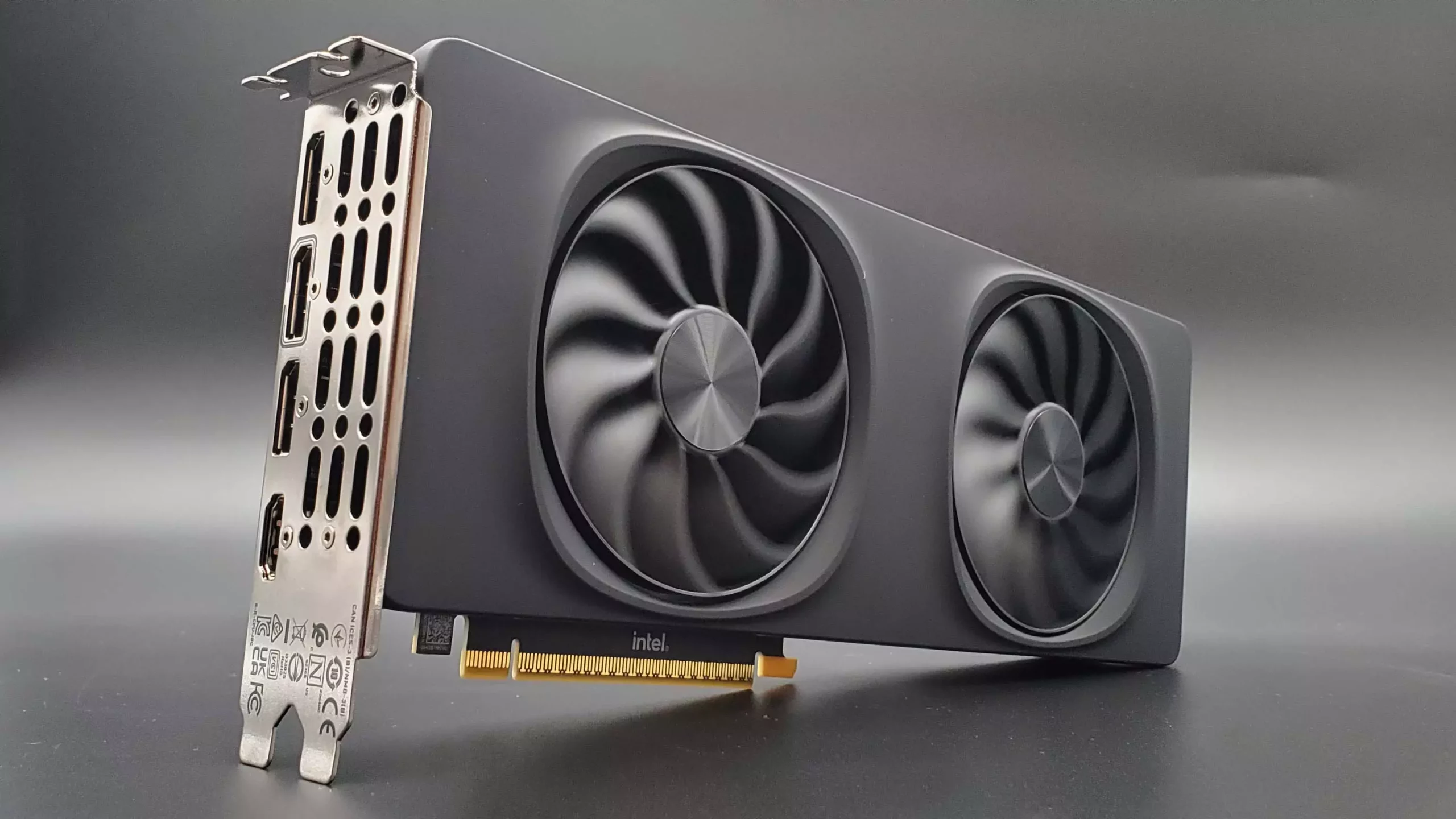In a landscape dominated by Nvidia and AMD, Intel’s foray into the dedicated graphics card market has been nothing short of intriguing. The latest buzz centers around the anticipated G31 variant of the Battlemage gaming graphics line, igniting hope among gamers for a game-changing graphics card priced at an attractive $400. Listed in a shipping manifest, Intel’s BMG-31 GPU could potentially rival some of the current industry titans. Enthusiastic consumers are speculating about the performance capabilities of the G31 matching that of the esteemed RTX 5070 while costing just as much as the RTX 5060 Ti 8GB.
As evident from the data shared by the user Haze2K1 on Twitter, the radar on this new GPU is growing. The G31 is rumored to house 32 execution units (EUs) – a significant upgrade from the 20 EUs present in the existing B580 model. This leak suggests a potential performance boost of around 50%, opening conversations about its competitiveness against some of the more expensive offerings from Nvidia and AMD.
Challenges and Skepticism Amidst Hope
While the idea of a new, powerful Intel graphics card is exciting, it is crucial to temper our expectations. The shipping manifest listing the G31 as an “R&D” item raises eyebrows. Critics are quick to point out that this designation leaves room for doubt regarding Intel’s intention to introduce a retail version. In fact, rumors from the past suggest that the G31 may have faced cancelation as recently as late last year. This uncertainty casts a shadow over the hopes of eager gamers who wish for Intel to deliver a highly competitive product.
The timing of Intel’s launch is another crucial factor. The longer the company waits to debut a retail version of the G31, the more potential it risks missing in a rapidly evolving market. As it stands, competitors Nvidia and AMD are poised to unveil their own subsequent releases by late 2026 or early 2027. Thus, should Intel aim for a launch window that stretches into 2025, it might enter an already crowded space with less impact.
Potential Value versus Market Realities
Despite these hurdles, the appetite for a G31-based graphics card persists. From Intel’s recent pricing strategy with the B580 and B570, there is a hopeful expectation that the G31 could again undercut the competition effectively. Intel’s success in pricing could provide a viable option for gamers searching for high performance without the high price tag typically associated with top-tier graphics cards. The allure of a card that could deliver performance akin to the RTX 5070 for just $400 could be enough to push many consumers towards Intel, should they manage to bring this product to market.
Adding to the anticipation is the potential that the G31’s architecture, akin to the B580’s strong ray-tracing capabilities and the inclusion of Intel’s XeSS upscaling technology, could redefine entry-level gaming. If executed correctly, the G31 may not only step into the market as a viable competitor but also offer features that appeal to the growing base of gamers interested in advancements such as ray tracing and AI upscaling.
The Community’s Hope and Expectations
The gaming community has enveloped the news surrounding the G31 with a wave of enthusiasm tempered by caution. As speculation looms large, gamers find themselves navigating a blend of hope and skepticism. The belief is in place that when Intel does ultimately decide to unveil the G31, it should ideally showcase unmatched performance per dollar spent—a much-needed disruption in the struggling GPU market.
Ultimately, whether Intel can capitalize on this pivotal moment remains to be seen. For now, the narrative oscillates between dreams of innovation and the stark reality of corporate decisions. Enthusiasts continue to share their hopes fervently across forums and social media, eagerly waiting for the day Intel may finally make its long-awaited statement in the graphics card arena, bringing the G31 to the forefront of the gaming community.

